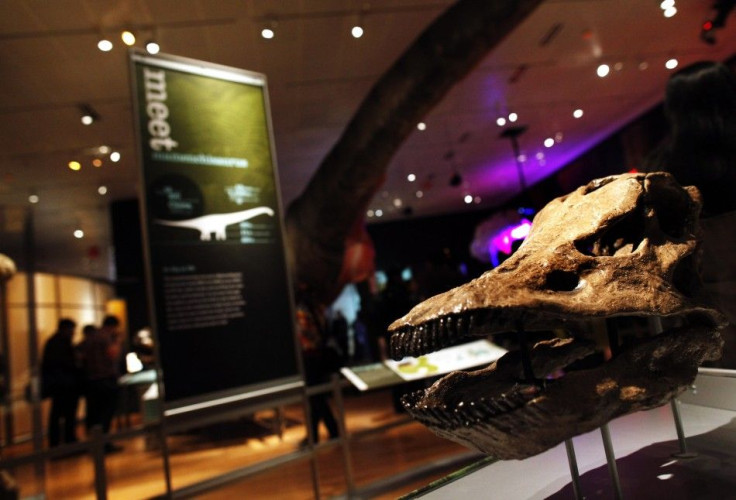Teachers Trained at Museum, 50 Candidates in Two Years

While Americans continue to fall behind in math and science, and while schools are finding it difficult to find high-quality teachers, educational institutions are finding staffing solutions from an unlikely source--museums.
The American Museum of Natural History will introduce a Master of Arts in teaching program, where roughly 50 former science majors will spend 15 months learning to become science teachers. Applicants must have a background or career in science and be looking to transition into the educational field.
Tuition for the program is free, and accepted students will receive $30,000 stipends and health benefits from the New York State Board of Regents.
The program aims to introduce 50 new science teachers over a two year span. The new graduates will enters New York's middle and high schools, which have long dealt with a shortage of math and science instructors. Graduates must commit to teaching for four years in a high-needs public school. After finishing the master's program, the graduate may be placed anywhere in the state of New York.
The application deadline for the program is January 31. Roughly 90 people visited the musuem's open house about the program, where museum employees pitched the idea of teaching within the museum as a viable alternative to teaching the in classroom according to the New York Times.
Degree candidates will spend two summers working with scientists and educators at the museum. There's a 10-month classroom residency, where partner schools pair candidates with mentors. The residency includes a rotation with teachers of English Language Learners and students with disabilities. The program will also offer two years of formal, professional development and support after graduation. The support is focused on classroom management and curriculum development.
© Copyright IBTimes 2025. All rights reserved.





















